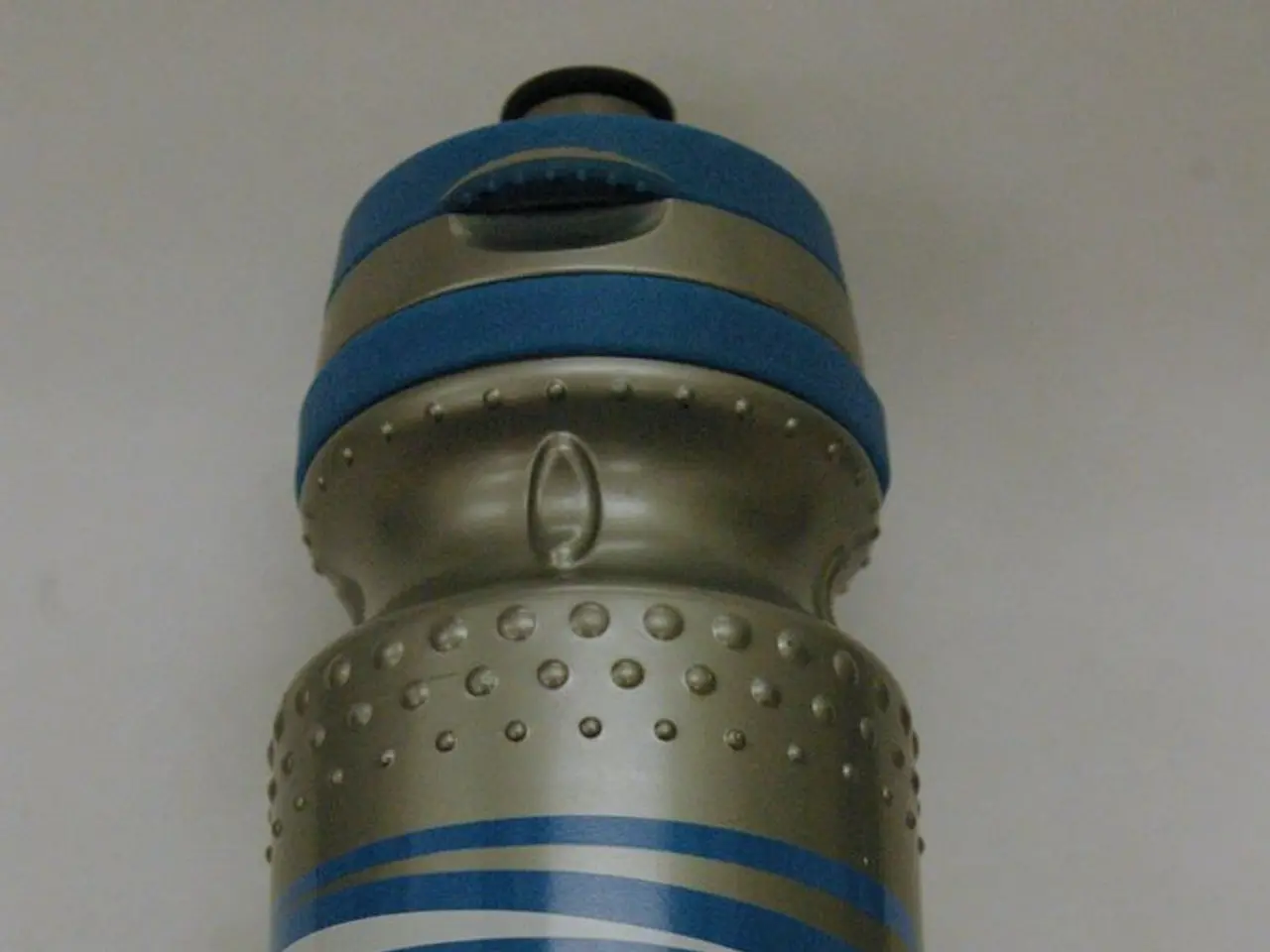Scientists advance in early cancer identification methods
In a groundbreaking development, researchers at the German Cancer Research Center (DKFZ) and the University of Oxford have joined forces to create a revolutionary new method for early cancer detection and treatment. The method, named Scifer, is designed to track the evolution of cancer-promoting mutations within tissues using bulk samples [1].
By utilising naturally occurring somatic mutations as "barcodes," Scifer can reconstruct the growth history of cells in a tissue, providing insights into the speed and timing of cell expansion [1]. Initial findings from Scifer have shown that oncogenes mutate much more frequently than previously thought [1].
In a significant discovery, the application of Scifer to blood and brain tissue samples from healthy individuals has revealed widespread clonal selection across all age groups, even in those without known cancer mutations [1]. For instance, the detection of mutations in brain tissue that match those seen in brain cancers suggests the presence of pre-malignant clones, indicating early cancer development [1].
While Scifer is primarily a research tool at present, its ability to uncover clonal expansions and identify pre-malignant changes offers significant potential for advancing early cancer detection [1]. This could lead to earlier diagnosis, improved prediction of disease progression, and the identification of at-risk clones before cancers become clinically evident [1].
The efficiency and lower cost of Scifer compared to existing methods also make it promising for broader clinical adoption in the future [1]. However, it's important to note that the activation of oncogenes does not always lead to cancer, and the team led by DKFZ researcher Thomas Höfer aims to clarify which selection factors drive cells with activated oncogenes further towards malignant cancer [1].
According to the DKFZ, observing and reconstructing mutation patterns with the Scifer method serves as a "guide in deciphering cell evolution" [1]. The DKFZ's recent publication of their work in the journal "Nature Genetics" highlights the potential of Scifer to revolutionise the field of cancer research and potentially save lives [1].
Every fifth man in Europe dies from preventable diseases, and the risk of developing cancer is present for everyone [2]. With Scifer, we are one step closer to detecting and preventing these diseases at an early stage, offering hope for a future where cancer is no longer a death sentence.
References: [1] DKFZ Press Release, "Scifer: A new method for early cancer detection and treatment," 2021. [2] European Cancer Observatory, "Cancer statistics in Europe," 2020.
- The revolutionary method, Scifer, developed through a collaboration between the German Cancer Research Center (DKFZ) and the University of Oxford, uses bulk samples to track the evolution of cancer-promoting mutations in tissues, providing insights into pre-malignant changes and early cancer development.
- In a health-and-wellness context, the implementation of Scifer could potentially lead to earlier diagnosis and improved prediction of disease progression, making it a promising tool for vocational training and therapies-and-treatments focused on cancer.
- While it's crucial to understand the factors that drive cells with activated oncogenes towards malignant cancer, the ability of Scifer to uncover clonal expansions and pre-malignant changes offers significant potential for advancing medical-conditions research, particularly in the field of oncology.




